6. Casual Sex is Normal – Example: The Wicked Lady (1983)
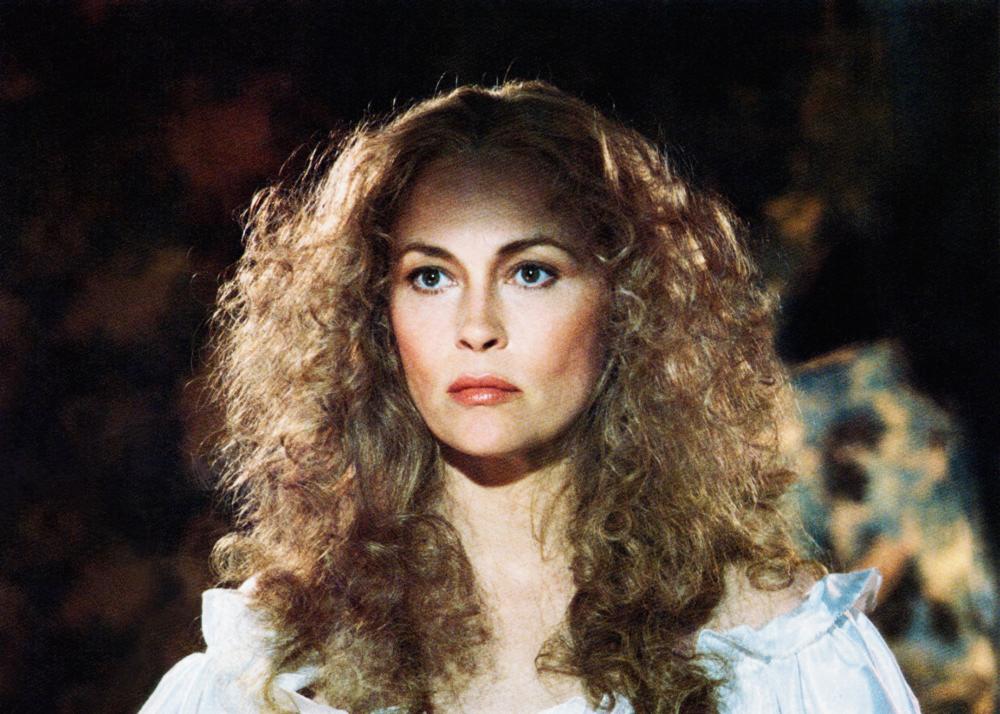
Today it is easy to assume that modern attitudes toward sex have always been with us, but since they have changed markedly in living memory perhaps that assumption should be taken with a grain of salt.
This is not to say that everybody used to be prudish, or virtuous, but that it was a far more serious matter than it is today. Not that long ago a woman had a 5% cumulative chance to die with each pregnancy, so a little sexual adventure was life-threatening.
Queen Eleanor of Aquitaine, when she was Queen of France, had a Court of Love that had rules for the lovers of ladies, which specifically precluded coitus, because that endangered the lady, while other sexual acts did not. In every culture we know of in history, casual sex was a great danger, and frowned on by religion and society, though mainly aimed at women, who after all took most of the risks.
In The Wicked Lady the most prurient minds of the 70s read their attitudes back into the early 18th century, when a bored lady becomes a robber. The casual attitude towards sex is a major theme of the movie, despite the fact that it has nothing to do with the plot. The would-be love interest of two ladies calmly announces that he’s going to seduce one of them that day, and does without any difficulty.
As the wicked lady herself wants him rather than her husband, she is not well pleased. Yet she takes up with a highwayman without a thought of what that might mean, as it was not all that easy to avoid pregnancy in a time before the pill, especially since it was frowned upon by both church and state.
There were many men, usually rich and powerful, who did indeed seduce or rape many women; and many women went along with it though neither prostitute nor wanton, despite all risks. Of course there are and have always been women who are just as eager as the most ardent teenaged boy, but the attitude would have to be more cautious, if for no other reason because of the danger sexual relations represented.
What’s more, men risked but little in these cases, and women perhaps all, so the idea that such cowardly behavior among men is only to be expected in all times and places throughout history is perhaps foolish when we remember that courage was long considered the most important of all virtues.
7. Everybody’s a Nationalist – Example: Timeline (2003)
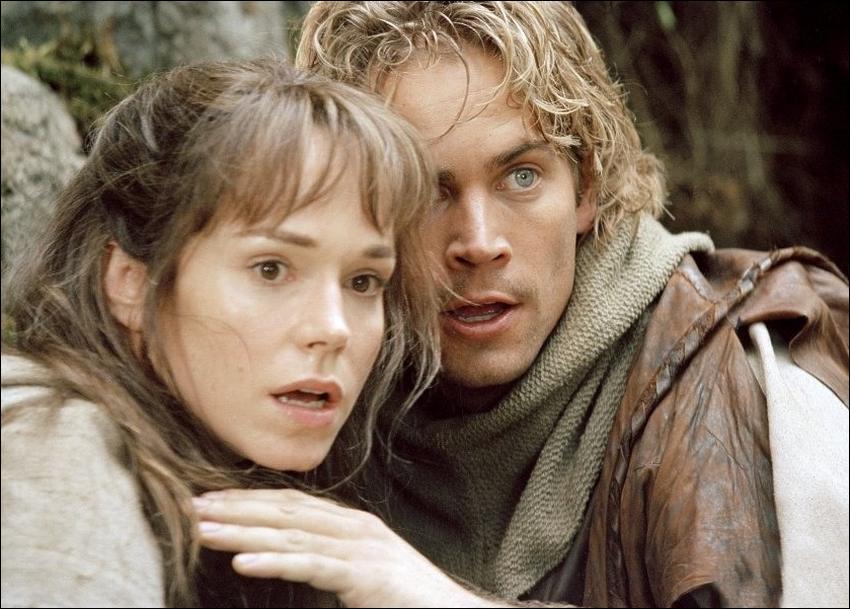
The concept of the nation-state hasn’t been around as long as Hollywood would have us think. The Romans had the idea of the Imperial Citizen, and later nations used their example, but for the most part, people cared little about what nation they belonged to, not least because nations as we know them didn’t actually exist. A kingdom wasn’t the same thing as a nation, and the concept of the modern state didn’t actually exist.
France belonged to English Kings as much as French Kings for a good part of the Middle Ages. Henry II held better than half of France, and the fighting of his sons Richard I and John against Philip Augustus was a continuation of the struggle to control wealthy fiefs in France. One could be King of England and Comte de Anjou at the same time, and feudal magnates usually inspired as much or more loyalty than any king.
In Timeline, very loosely based on a book by Michael Crichton, a group of modern archaeologists go back into France of 1357, in the midst of the Hundred Years War (which lasted from 1337 to 1453). It was not, of course, a constant state of war, but a series of relatively small wars punctuated by long times of peace.
1357, the year after the King of France was captured by the Black Prince at Poitier, is an odd year for this warlike movie to take place. There was relatively little fighting, because a good deal of the French court was captive to England. Most of those who fought for England were in fact French, as many, including noblemen, saw themselves as subjects of Guyenne rather than France.
The really amusing part of this movie is that the English nobility spoke English. Most were of Norman descent and primarily spoke French. Indeed, Edward III and his son the Black Prince spoke very good French, and needed no translators when dealing with the French aristocracy and royalty. Jean Froissart, who was a sort of court historian attached to Phillipa, queen of Edward III, wrote in French throughout his time in England.
Yet in Timeline, we have the one French archaeologist being noticed and murdered because of his accent. What’s more, the archaeologists who are supposedly experts in medieval life and history have no idea how the society works, have created no cover story, which would’ve given the poor murdered Frenchman a good reason to be with them…perhaps he was from Guyenne, where everybody spoke French, and which belonged entirely to England at the time.
On several occasions speaking English was seen as a good enough reason to kill the speaker by the French, mitigated by claiming to be Scots instead of English. This is relatively reasonable, as anyone not speaking the local version of French, which in that time and place would’ve been more similar to Provençal or Langue d’Oc rather than the Napoleonic French of today, might be considered a dangerous foreigner.
However it could’ve been easily explained away. There were Scots mercenaries and English merchants all over what is now France, and it would be more useful to speak Lingua Franca than any current version of French.
So we see that not only were nationalities non-existent at the time, in the way we know them now, but that not even language could be a sure guide as to origin, and nationalism could not have existed. French as a first language had begun to wane in England before the Black Death of 1348, but the first English king who didn’t speak French was probably Henry IV, who was born in 1367, ten years after the events of the movie.
8. All Battles are Individual Combats – Example: Centurion (2010)
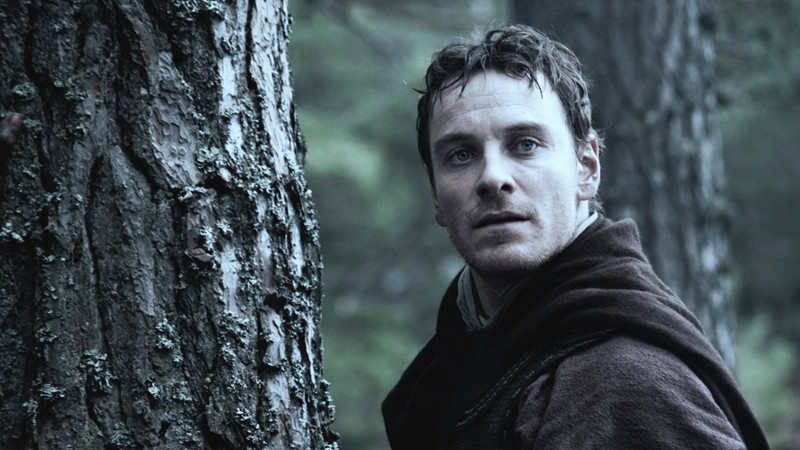
Whenever there is a battle in movies that does not include firearms, it also does not include any strategy, tactics, or good sense. Warfare over history has routinely been won by the most disciplined army, not the most ferocious. While there are examples of barbarians overwhelming civilized armies, barbarians are not necessarily quite so militarily unsophisticated as some presume.
The Roman Empire had some of the finest military forces ever, and their military doctrine still influences our current military traditions. Both the Kaiser (German for Caesar) and the Czar (Russian for Caesar) derive from Roman military and political history, almost five hundred years after the last of the Roman Empire fell in 1453.
That influence shows up in Hollywood all the time…in costumes, titles, storylines, and so forth, but what we don’t see, what we never see, is Roman military discipline in action.
The best we’ll see is what happens in Centurion, about a Roman Legion marching into what would become Scotland. As they march along the road they hear horns in the distance, and form into small squares and await the attack of the Picts. That’s the extent of the discipline! The moment the Picts charge, all cohesion vanishes and everybody is fighting in a swirling melee where swords easily pierce armor and nobody keeps his shield.
Roman legionaries depended on each other. They fought in line literally to the death, and in many ranks. While the wild Germans and Picts and Gauls managed to destroy a few legions, most battles were won by the Romans. A pack of barbarians charging a wall of shields had almost no chance as a general rule.
Even the barbarians who defeated the Romans on occasion did it with a cohesive military system, from the Samnites to the Huns. The idea that the moment the two lines meet everything turns to chaos is not supported by anything in military history, from the Assyrians to the present.
Hollywood obviously thinks that their version of battle-as-melee is right, because it shows up in practically every movie without firearms, including fantasy movies. It would be nice to see this ubiquitous mistake remedied at least once, but now even schools teach their false idea of how combat worked in history. Wouldn’t it be cool to just once see a line of Roman legionaries throw their light pilum, then heavy pilum, then draw their swords and march forward in a massed line of shields while hitting their shields with their swords? The thunderous crash, the inexorable advance, the chilling calm?
Don’t hold your breath.
9. Old West Showdowns – Example: The Quick and the Dead (1995)
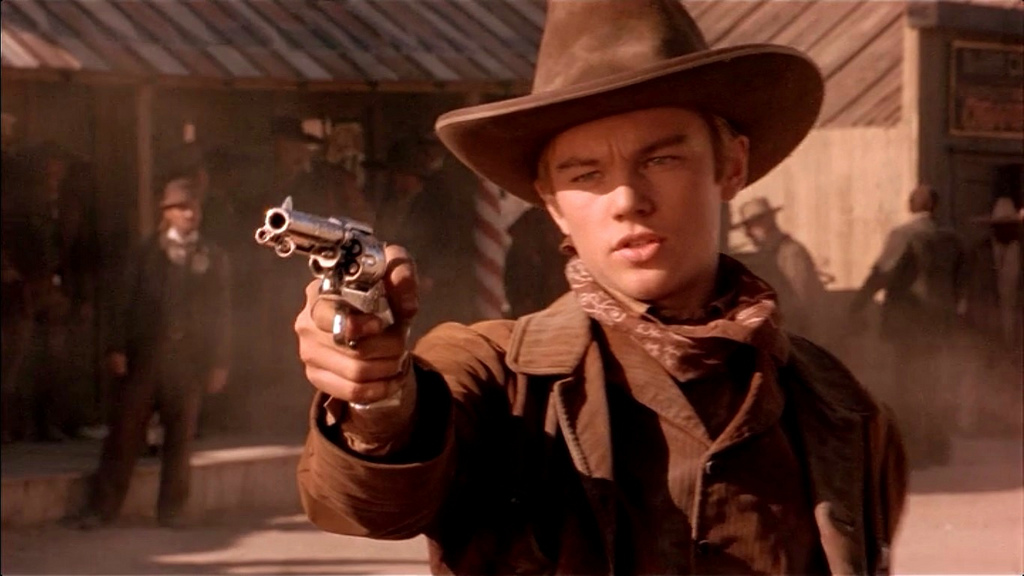
Nobody really expects movies about the Old West to be realistic. There are a few examples, but for the most part Westerns come from romantic reimagining of what never was. The ubiquitous showdown in movies happened only rarely, because the idea that cowboys had the sort of pride and sense of honor common to only the romantic ideal of knighthood is fun, but not actually remotely connected to reality.
The few actual showdowns made good stories, however, and from them legends arose. The most famous was Wild Bill Hickock and Dave Tutt, which didn’t even happen in the West, not even in Texas, but in Springfield, Missouri. It was also a formal duel, vanishingly rare by 1865.
The quick-draw shootout is almost entirely an invention of Hollywood, and has become so common that it can be caricatured in other movies. Such a movie is The Quick and the Dead, which has a very famous cast, including Russell Crowe, Gene Hackman, Sharon Stone, Keith David, Gary Sinise, Lance Henriksen, Tobin Bell, and a very young Leonardo DiCaprio. The movie is about a quick-draw contest with real bullets and real deaths, where the showdown is not only an accepted reality but a sort of sport.
That this never could’ve happened in the Old West ought to be obvious, but such fights are so common in movies that many believe they actually happened, and a movie as far-fetched as The Quick and the Dead seems somewhat reasonable, if fanciful.
The specialty of the Old West was not the showdown, but the ambush, and even more common was the drunken brawl. This does show up in a few movies, but the showdown is so ingrained in popular culture that it shows up in other genres too. This is possibly the most common historical error in movies.
10. All Wars Are Vietnam – Example: Posse (1993)
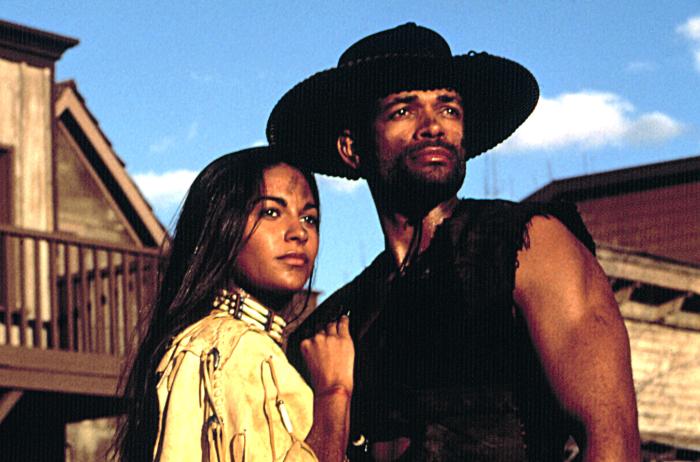
There is a standard script for Vietnam in Hollywood; anyone who went to war there is damaged if not crazy, and every battle was Dien Bien Phu (which didn’t even happen during US involvement in the region).
While that narrative about the Vietnam Conflict or Second Indochina War may be common today, it is disputable. What is even more disputable is whether it applies to every other war in history.
In Posse, a small group of the 10th Cavalry (usually called the Buffalo Soldier) are somehow in a small sandbagged position under attack by rifle and machine gun fire from all around. They have a Gatling gun to return fire, but meanwhile are besieged from all sides and drop like flies. Few of them kept their heads, instead running around in a panic, which not coincidentally is often how soldiers in Vietnam have been often portrayed in Hollywood. Meanwhile white soldiers are hanging around a short distance away not under fire at all, and playing cards or posing for paintings while the fighting continues.
This is not an accurate depiction of the Vietnam War any more than it is of the Spanish-American War. The idea that men idle in camp while cannons fire just next to their positions is as ludicrous as the depiction of black men unable to keep their cool under fire.
The 10th Cavalry was known for extreme courage, and were highly admired by Pres. Roosevelt in his memoir about the war. Black Jack Pershing, the colonel of the regiment, later became an important general in World War I.
All wars aren’t Vietnam, and the Hollywood version of Vietnam wasn’t Vietnam either, with only a few exceptions.